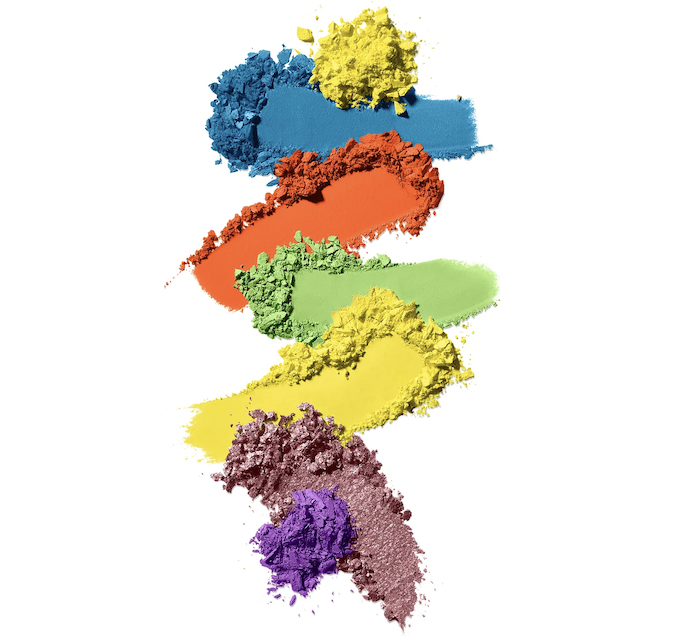The world of marketing is full of choices. Among these choices is one that marketers have been grappling with for some time now — the choice between print and digital flyers. Using a flyer creator like https://create.vista.com/create/flyers/ , small marketing teams and one-person teams can create digital and print designs without breaking a bank.
However, each form of this medium has its own unique strengths and weaknesses, and understanding these can help you make an informed decision that suits your specific needs. So, without further ado, let’s dive deep into the comparison of these two prevalent marketing tools.
The Traditional Appeal of Print Flyers
Print flyers have a long-standing history in the realm of marketing. Despite the surge of digital media, they continue to hold their ground, primarily due to their localized reach. If your target audience is within a specific geographical area or if you’re hosting a local event, print flyers can be incredibly effective. They can be distributed door-to-door, handed out at local gatherings, or strategically placed in local businesses for maximum visibility.
There’s also something inherently personal about printed flyers. The tangible nature of a physical flyer can make the message feel more direct and personal. People can take them home, pin them up for reminders, or pass them along to friends or family, providing multiple opportunities for engagement.
However, printing flyers comes with its own set of challenges. The cost can be a significant factor, particularly for small businesses or large-scale campaigns. Expenses include not just the designing of the flyer, but also the printing and distribution. And if there’s a mistake or a last-minute change? That could mean a complete – and costly – reprint.
Another critical aspect to consider is the environmental impact. In today’s increasingly eco-conscious society, it is important to evaluate the paper consumption and waste generation associated with traditional print flyers. These practices may not align with your brand’s sustainability goals, potentially casting a negative impression among environmentally-conscious consumers.
The Modern Impact of Digital Flyers
In contrast, digital flyers offer a modern approach that aligns with today’s digital age. Their most significant advantage is their potential global reach. Digital flyers can be sent via email, shared on social media platforms, or posted on websites, reaching far beyond the local community.
One of the key features of digital flyers is their interactive nature. A viewer can directly click on a link to visit a website, make a purchase, sign up for a service, or share the flyer within their network. This immediate interaction can lead to higher engagement rates. Plus, digital platforms offer easy tracking and measurement of these engagements, providing valuable insights for your marketing strategy.
From a cost perspective, digital flyers are generally more budget-friendly. They eliminate the need for printing and physical distribution, requiring only design costs and possibly some expenses for email marketing software or social media advertising.
Moreover, digital flyers are a green alternative. They don’t require any physical materials or generate any waste. Plus, if you need to update information or correct a typo, changes can be made instantly without any additional cost.
The Verdict: Which One is Right for You?
So, which one should you choose — print or digital? The answer isn’t black and white and largely depends on various factors. Your target audience is a significant consideration. Are they more likely to engage with a physical flyer or a digital one? Your budget is another essential factor, as is the scale of your campaign. Also, consider your brand image and the overall message you want to convey.
A combination of both could be an effective strategy. For example, you could distribute print flyers locally to attract immediate attention while sharing digital flyers online to reach a broader audience and encourage online engagement.
Bottom Line
Both print and digital flyers have a place in the marketer’s toolbox. Understanding their advantages and disadvantages will help you harness their power effectively. Remember, the ultimate goal is to deliver the right message to the right people at the right time. Whether you achieve this through print, digital, or a combination of both, it’s entirely up to you!





